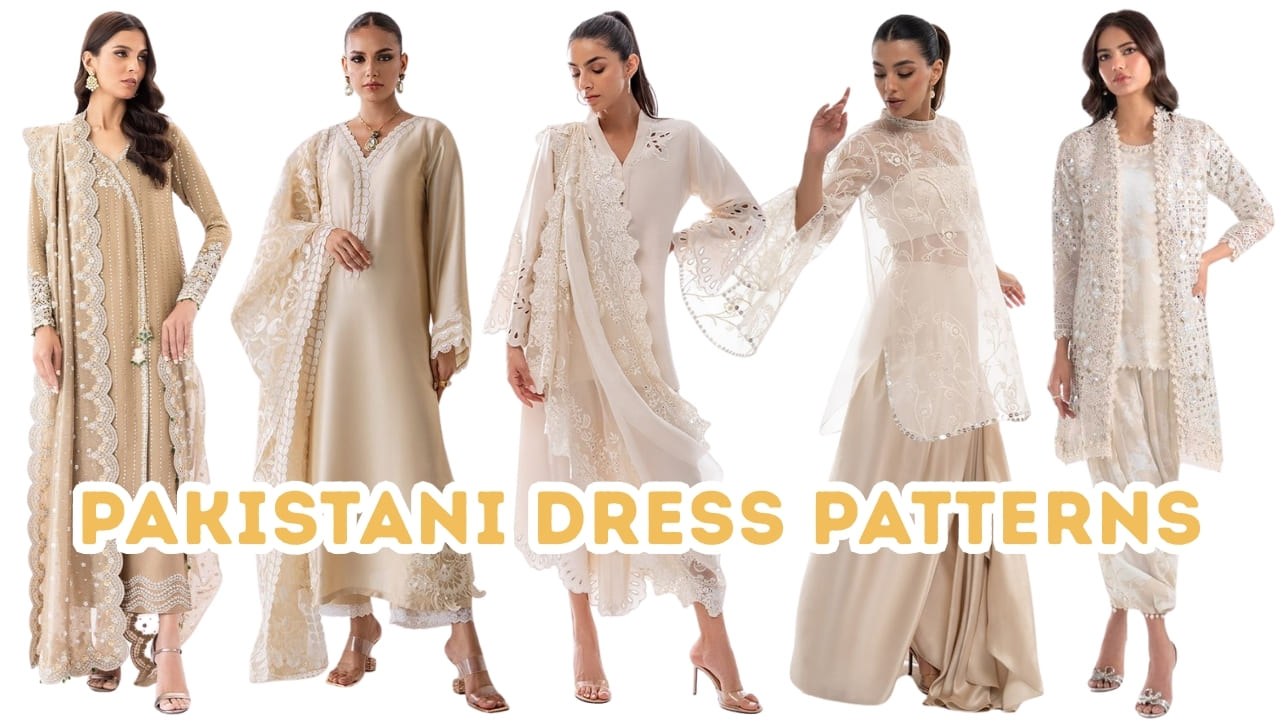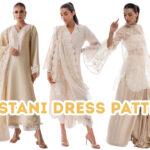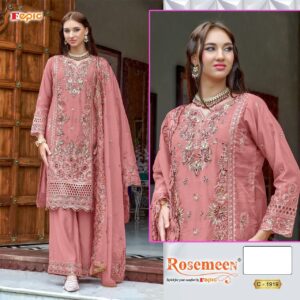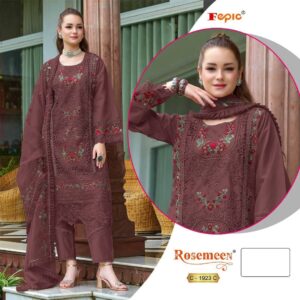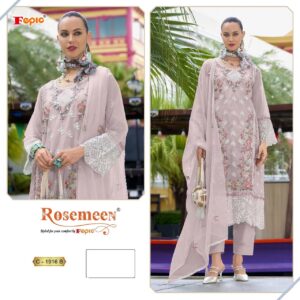Introduction
When we think about Pakistani dress patterns, the first thing that strikes our minds is a country having a rich and diverse cultural integration, thanks to centuries of history that has shaped the fashion industry in South Asia. Pakistani dress patterns have gradually transformed along with the passage of time and are quite modern today. Pakistan is laced with a range of intricate Mughal designs and modern trends.
This article examines the evolution of patterns of Pakistani dress from the past through to the present, exploring the regional diversity and innovations that have become popular in Pakistan and the rest of the world including local Pakistani women.

Development of Dress Patterns in Pakistan
Drape Dress Patterns
The clothing practices of the ancient South Asian cultures and the Indus Valley civilization is where Pakistani patterns stem from. Draped garments such as Sari and Dhoti, became the precursors to what is worn in Pakistan today. These early indications created a cultural base that endures even today.
Mughal Era Elegance
Pakistani dress patterns have undergone a drastic change and there has been a significant shift in their evolution from the Mughal period which was from the sixteenth to the eighteenth century. The Mughals had brought with them beautiful designs and fabrics and new techniques of embroidery. The Anarkali pattern is a Pakistani dress designed in the Mughal style and it is named after a courtesan, who is believed to have lived during the Mughal Empire in India and Pakistan, this style is still said to be an all time favorite.
Regional Diversity
Pakistan’s cultural diversity has shaped the different dressing patterns and styles that form part of its myriad of local cultures. Punjabi Phulkari, Sindhi Rilli and Balochi Mirror Work are some of the examples of the dressing patterns that shape the country’s textile industry. It is this regional disparity that also gives Pakistani fashion its unique and different characteristics.
British Colonial Impact
Elements of western design started to be absorbed in as particularly through the expansion of British colonial rule on the Indian subcontinent. Western Dress began interacting with traditional attire, including tailored cuts and buttoned shirts to create a hybrid way of dressing that began to develop once more after 1947.
Post-Independence Era
After the split with Pakistan, the result was an attempt to reclaim lost indigenous identity. Classic dress patterns were modernized as out of the box thinking was used to modernize traditional wear. Such innovations called for more artistic expression but retained the cultural aspects.
The Union of Old and the New
As the world further developed into a globlized society, the traditional embroidery of the Japanese dress patterns started to incorporate and blend in with the modern culture and aesthetics. There was a shift up the fashion designer’s plates where they started to use different fabrics, colors and style them with different additions creating something brand new and appealing to wide audiences. This particular trend has started to gain appreciation and buzz in the outside world as well.
International Markets
In the past few decades the Pakistani fashion has started to make a niche for itself owing to the various prestigious fashion ramps and collaborations internationally. Design houses have taken their collections, styles, and fashions on the world’s ramps showcasing traditional styles to different markets all around the world.
Influence of Celebrities and Media
The Pakistani garments and the media have done a tremendous effort to promote the ever-changing dress patterns. People were in plenty who have witnessed the icons of pakistani dresses who have been paraded in films, dramas, and red carpets and raised the garments honor both locally and abroad.
The Evolution of the Pakistani Dress Patterns
In today’s world, the Pakistani clothing style is always on a move forward due to the technological advancements and the shift of the target audience. Designers are now starting to use different materials, prints, and detailing but still advancing from their cultural routes. This shift of style enables the Pakistani fashion to not go stood still and continue to go forward and change with the world.
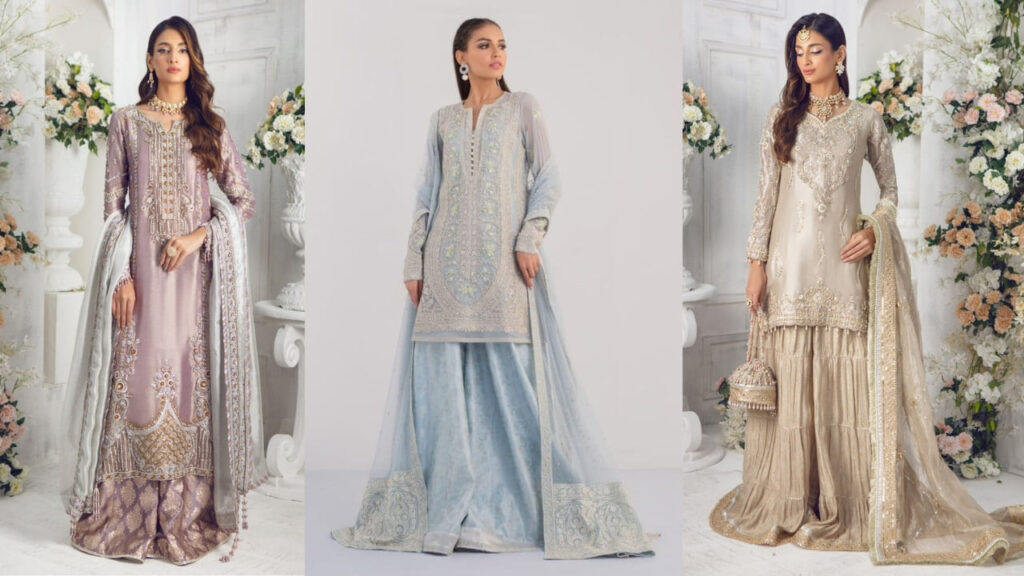

Popular Trending Pakistani Dress Patterns
1. Shalwar Kameez
The Shalwar Kameez is the best well-known traditional costume. It is worn by both men and women in Pakistan. This three piece outfit which consists of a long tunic referred to as Kameez, loose trousers called Shalwar and Dupatta which is a scarf wrapper has changed its features over the lesser period of time. For example, modern variations has tact on features such as asymmetrical hemlines, angrakha cuts and umbrella sleeves targeting numerous types of occasions and places.
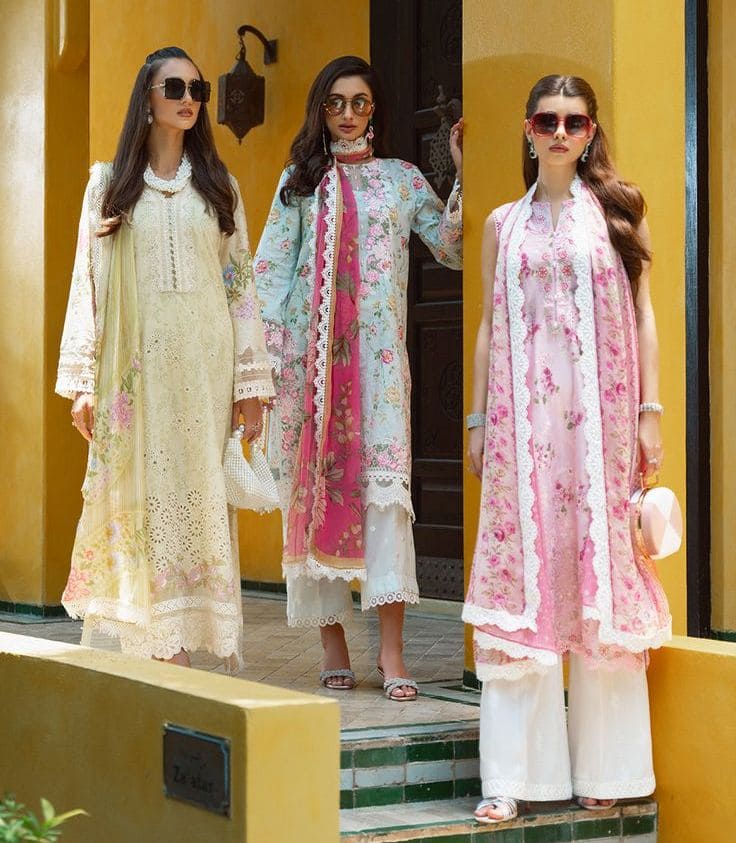
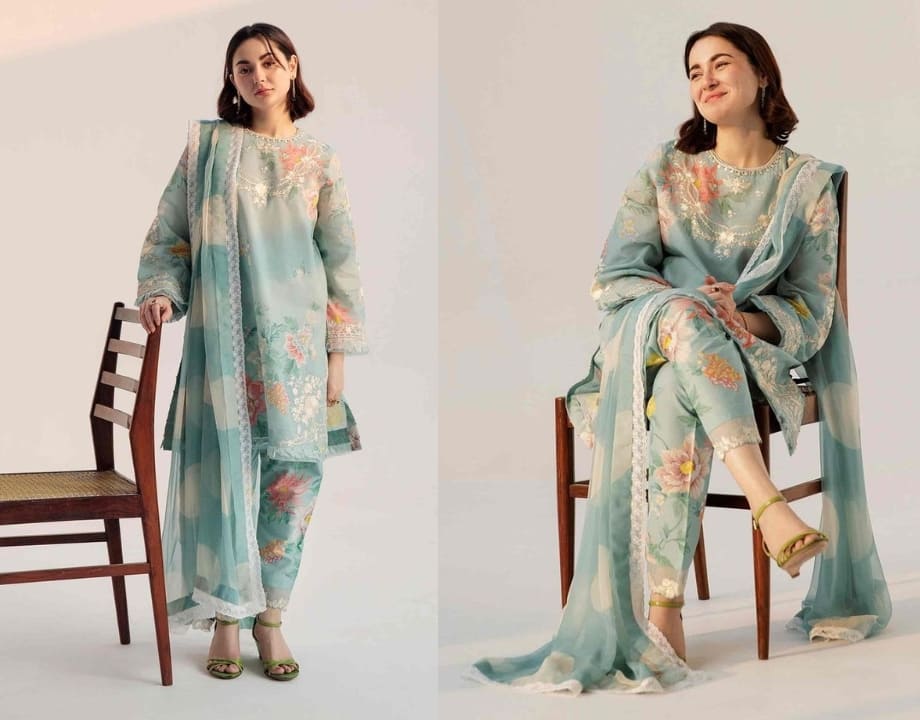
2. Angrakha Style
The Angrakha has a rich history but has been recently adapted and styled into the modern wear. Coming from the Mughal influences, this garment contains two pieces that are overlapped and are tied diagonally at chest level. The Angrakha which is often further ornamented with beautiful embroidery or block printing is common for festive occasions and evening wears due to its uniqueness.
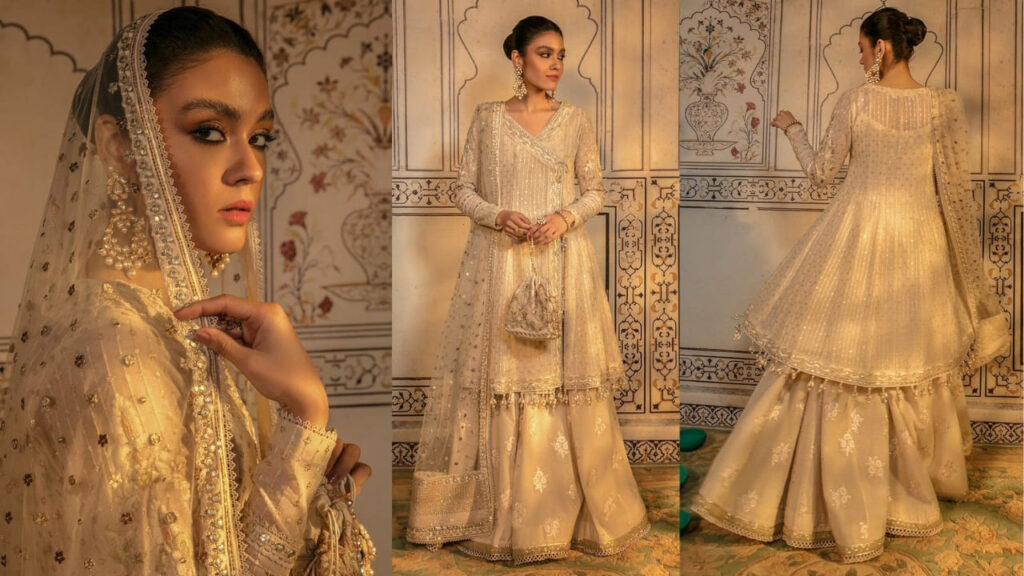
3. Lehenga Choli
Lehenga Choli is also a well known style in the Northern part of India and in Pakistan especially during weddings and parties. The lehenga which is a glided skirt laced with a comely embroidery work showcases the choli which is a blouse intended to fit the draping of the skirt. This dress is commonly worn with a narrow chadar or dupatta which represents how the region is beautiful.
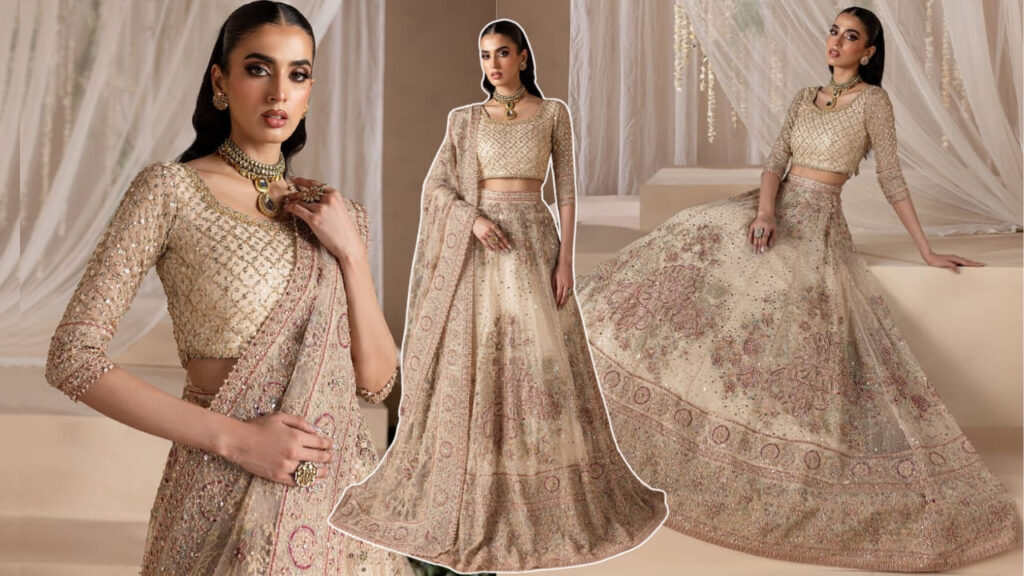
4. Saree
Pakistani sarees, which are said to have emanated from the Indian traditional garb, have evolved and taken a life of their own as one of the most beautiful garments in the country due to their color and embroidery. These sarees are crafted from soft fabrics that allow easy movement and therefore are ideal for weddings and any other cultural festivities while embodying beauty standards of the time.
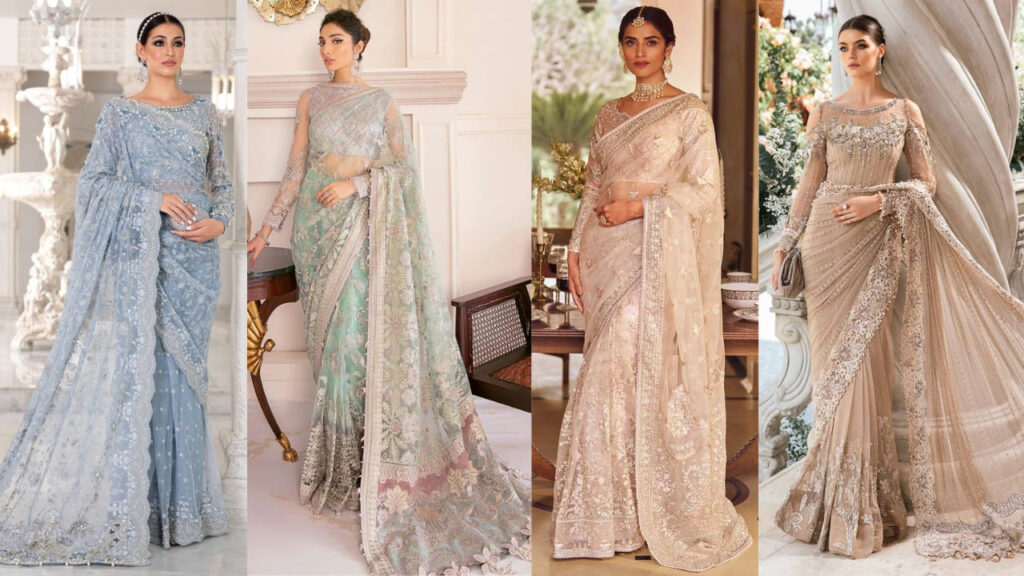
5. Palazzo Suits
Palazzo suits, which come with a wide legged salwar pants and matching tunic or Kameez, are gaining a lot of attention and are deemed fashionable. Often using Chikan embroidery or floral prints, Palazzo suits have a broad clientele, especially among the younger population who seem to enjoy the combinations along with the now preferred wide legs.
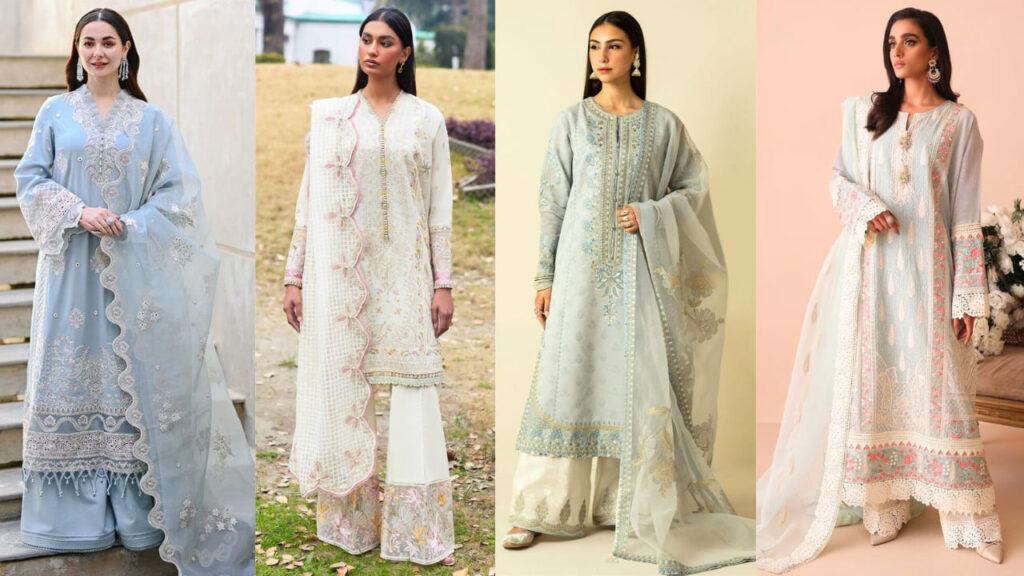
6. Gharara
First worn even before the partition of subcontinent in the 1940’s, Gharara is an Eastern garment that has been favored by many women over the years. The outfit comprises of knee length tunic and wide knee flared pants. The attire, is popular for weddings and celebrations recently, underwent modifications such as mirror work and puffed shoulders making the outfit appealing to the youth.
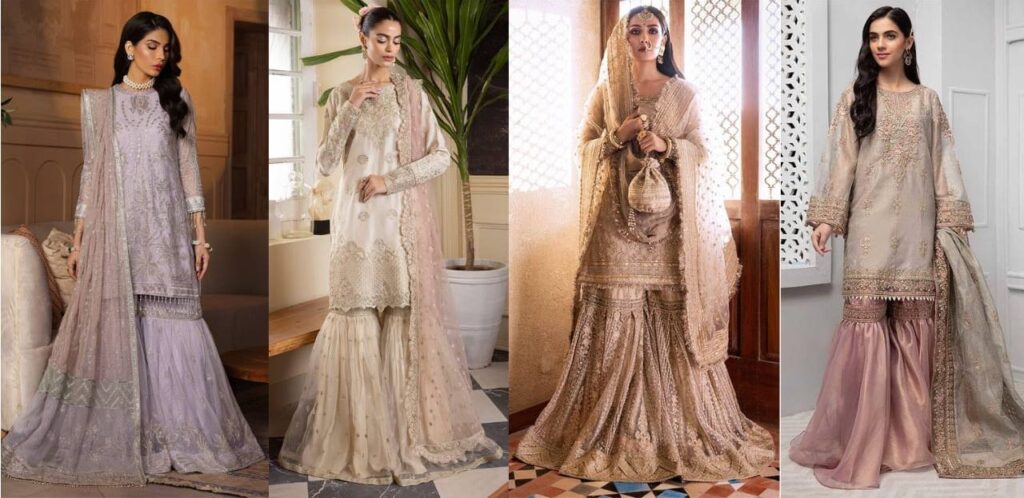
7. Anarkali Dresses
Anarkali dresses were influenced by the Mughal eras, comprising of frock like shapes with a fitted top and flared skirt. Anarkali dresses are often heavily decorated with embroidery making them eye-catching and royal like. Hence, they are a popular choice for cultural celebrations and weddings.
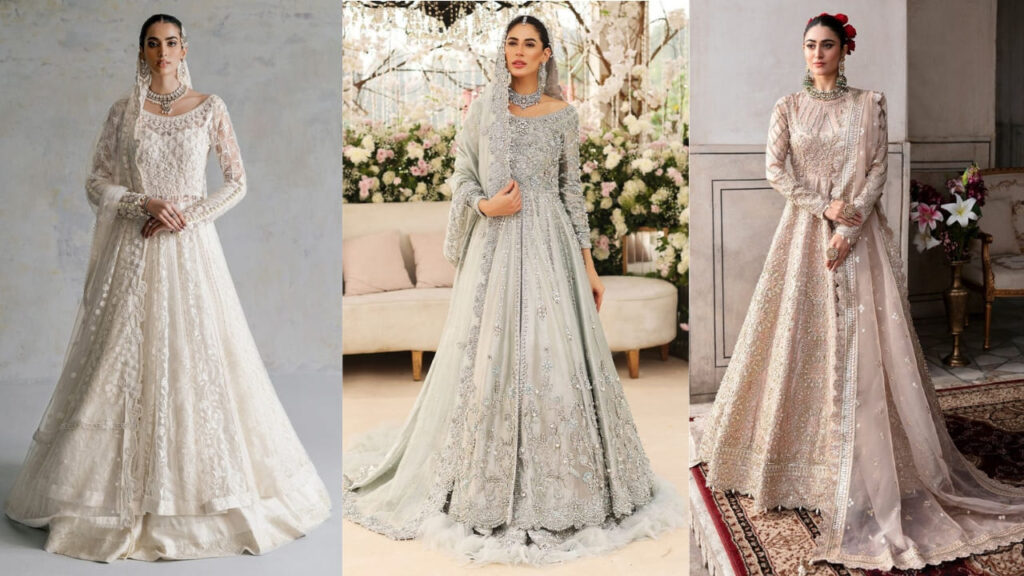
8. Sharara
The Sharara style first gained traction in India during the 17th century. It gained renewed popularity due to Bollywood films like Padmavat and Bajirao Mastani. A sharara outfit typically features trousers that flare out at the bottom, usually resembling knee-length skirts, which are paired with either short peplum style kameez blouses or long knee length ones. Sharara dresses are popular for festive celebrations.
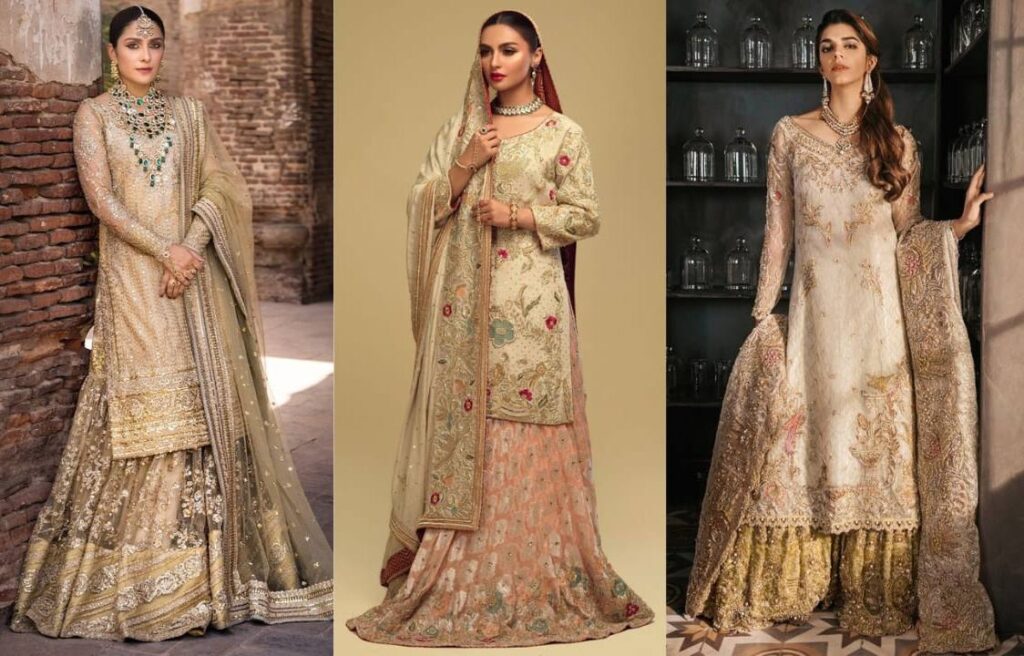
9. Peplum Tops with Cigarette Pants
A modern twist on traditional outfits, peplum tops paired with cigarette pants make perfect dresses for parties or even casual outgoings. The waistline of a peplum top is cinched, creating volume above the waist which, when paired with slim fit cigarette pants, brings out an attractive shape that is stylish yet comfortable.
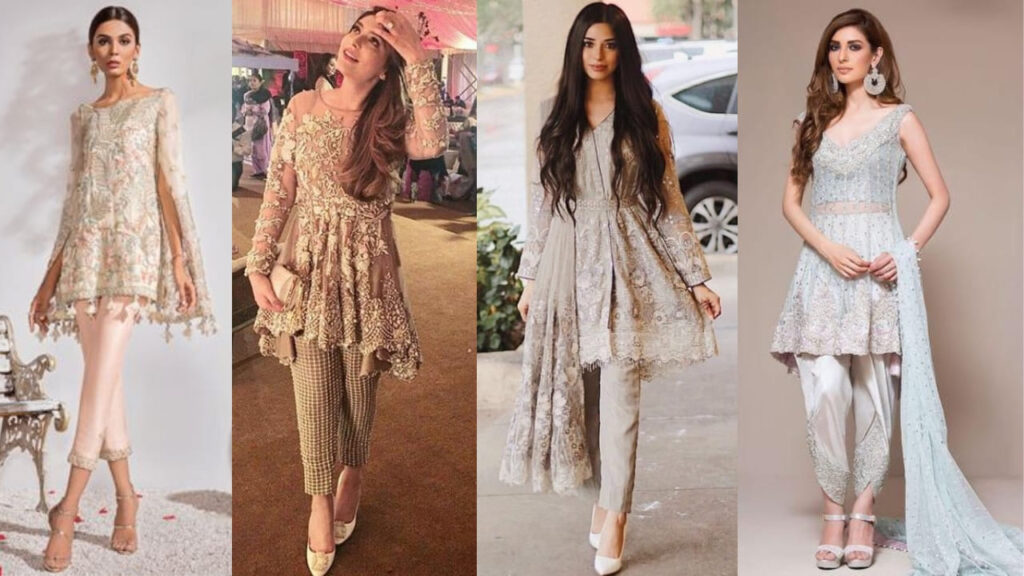
10. Kurtis with Trousers
Instead of going for an outfit that’s overly sophisticated, a kilt can be a go-to attire, especially as one gets to pick any design they want with color co-coordination. Kurtis with straight pants or even flared trousers can be paired in order to create a more enjoying look. Kurtis are tunic style tops that come in various lengths and designs featuring embroidery and block print details.
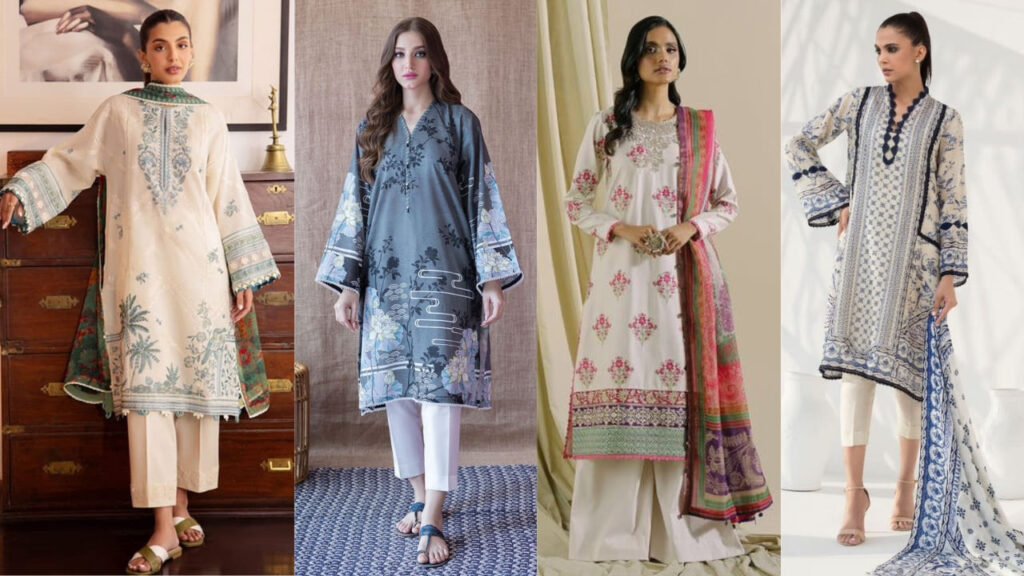
11. Cape Dresses
Cape dresses have taken the modern Pakistani fashion scene by a storm. A cape dress features a kameez with a cape sewn on top of it, making the garment look stylish and at the same adding more style to the outfit. These dresses come in various styles and length ranging from floor touching to knee length, making them popular among fashion forward women.
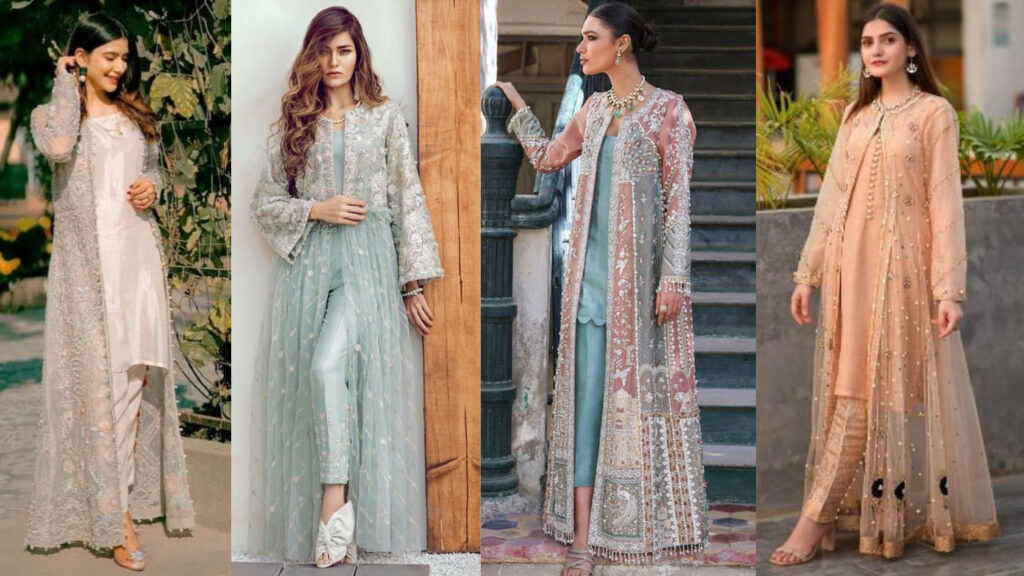
12. Long Coats with Palazzos
Jackets extending to the long length and worn with palazzo trousers are some of the newer styles which are changing the fashion world. Usually, these are elaborate and graphic embroidery jackets that can easily be worn over complimentary Kameezes or crop tops, making it great for semi-official events without sacrificing decorum.
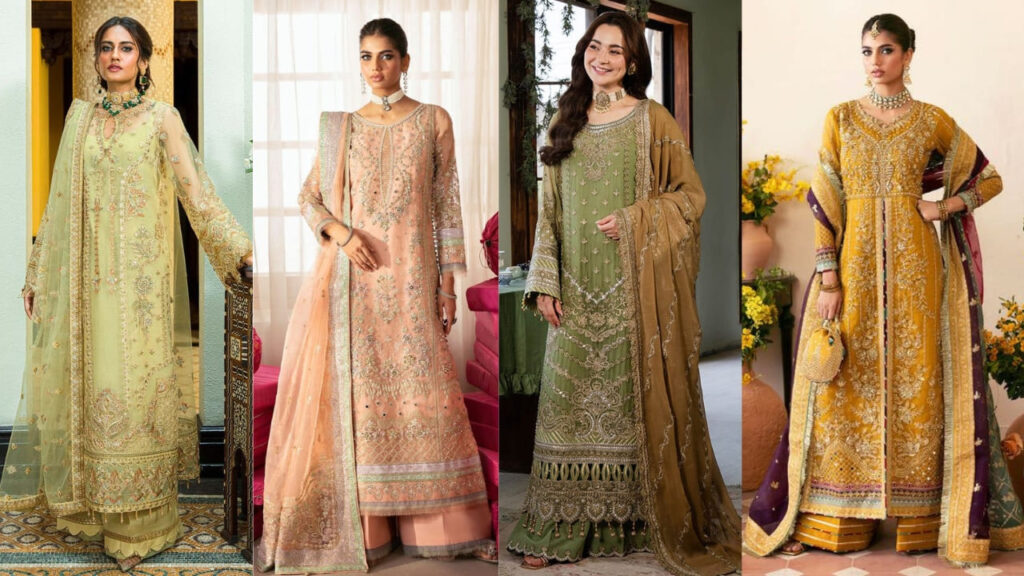
Conclusion
The dress codes of Pakistan have eastern influences, Mughal heritage and customs of different areas, and also many hyphen fashion era influences that resulted in a constant change of the Pakistani dressing culture over the years. With the Pakistani fashion industry making inroads in the international market, one can expect more developments in the field.
Anarkali dresses, lehenga choli and other traditional wears, as well as modern gets like peplum tops with cigarette pants. Designers know how to make boundaries disappear by merging different cultures together, and in the end, they have a vast clientele to pamper.
This magnificent collection is not only a testimony to the craftsmanship of the artisans but also depicts the culture of the Pakistan and all these styles succeed in being trendy irrespective of the time. Today as we appreciate the diverse history of fashion, Pakistani outfits for women will remain a sight of admiration and affection for many years to come.


